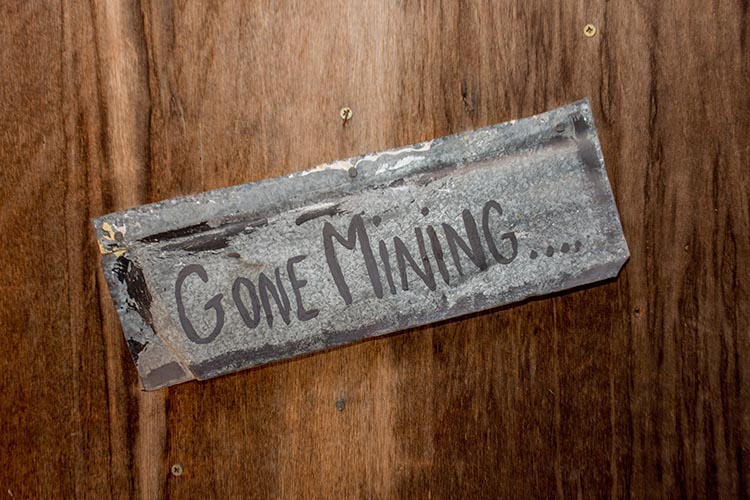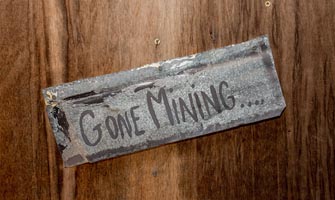 Today, we’re breaking down, in plain English, how proof of work models, on blockchain networks, operate.
Today, we’re breaking down, in plain English, how proof of work models, on blockchain networks, operate.
Opinions differ about cryptocurrency. Some think it’s the future of money; others are waiting to see how it plays out; and still others think it’s a speculative bubble akin to 1637’s Tulip Mania. But whatever the future holds for digital currency, there’s no denying that blockchain, crypto’s database backbone, is a powerful technology that’s here to stay. It’s the next digital plateau, and the time has come for folks to familiarize themselves with the technology.
How Proof of Work Cryptocurrency Blockchain Networks Operate
There are two main types of blockchain networks: the proof of work model and proof of stake model.
In proof of work models, “miners” are the decision engines, and anybody can become a miner. All you have to do is maintain servers that solve complex cryptographic puzzles that validate transactions. When enough miners validate something, the event is logged, and the next block is created.
In this environment, many miners need to “approve” a given transaction. The downside is that scalability can become a problem. Another potential issue with proof of work models is that it encourages mining pools, which centralizes efforts and can violate crypto’s fundamental ethos: decentralization.
Some of the earliest and most successful coins, like Bitcoin and Ethereum, currently operate on proof of work blockchain networks. However, ETH is testing out a proof of stake model called Casper.
Connect With an Arizona Cryptocurrency Lawyer
The Kelly Law Firm is one of the first law firms in Arizona to work in the blockchain and cryptocurrency space. Managing partner Aaron Kelly was an early adopter who’s worked with several blockchain startups and spoken at various industry events.
If you need to consult with an Arizona cryptocurrency lawyer about smart contracts, forming a blockchain business, crypto security issues, or registration matters, get in touch.







